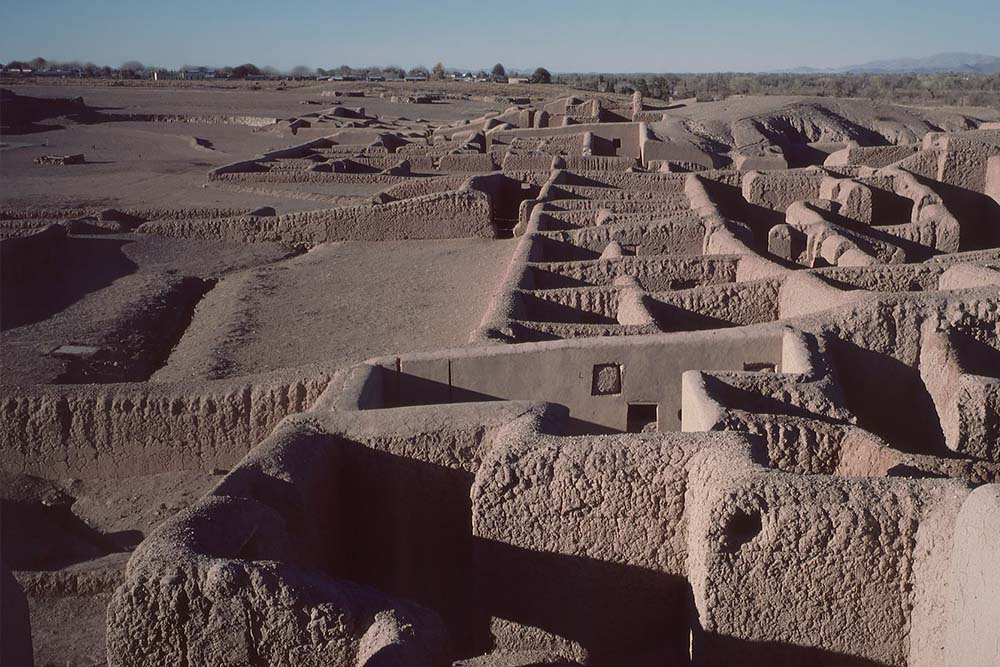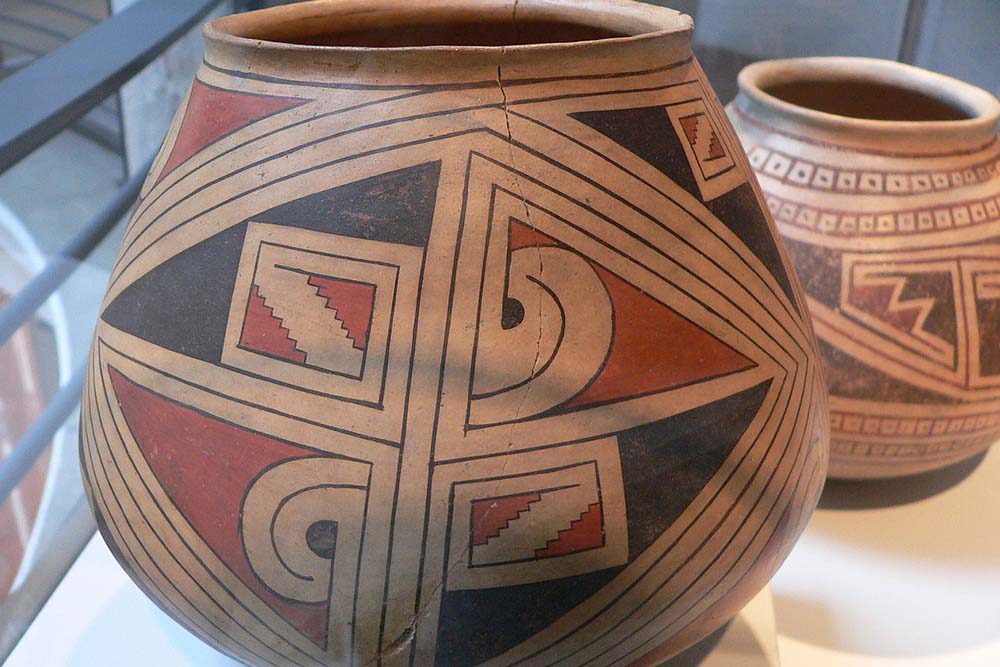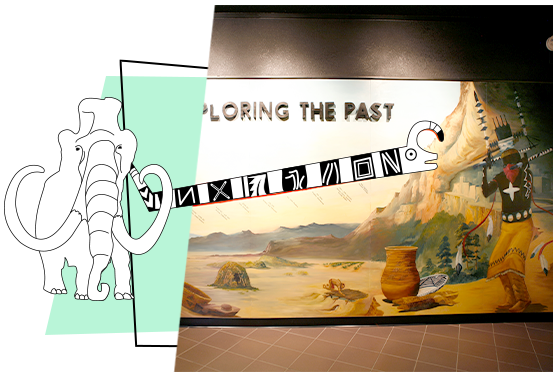
Paquimé and the Casas Grandes Culture
The Casas Grandes culture straddled the frontier region separating the great city-building empires of Mesoamerica and the rich mosaic of ancient cultures that inhabited the American Southwest roughly AD 700-1450. Its driving center was arguably the city of Paquimé, or Casas Grandes as it is called today, an extensive ruin located in northwest Mexico, in the state of Chihuahua. The formative stages of the culture are recognizable as early as the 1st century AD. In its heyday, AD 1200 –1450, Paquimé was the largest city in northern Mexico, covering nearly 88 acres, and was one of the largest cities in the greater Southwest.
This exhibition highlights Paquimé’s importance as a center of regional trade and culture during the 13th and 14th centuries AD. Located on Mesoamerica’s northern frontier, the city became an important trade center through which substantial quantities of turquoise, shell, colorful parrots, copper items and other commodities flowed north and south. The Casas Grandes culture is noted for their complex technology of raising and perhaps breeding tropical birds such as Scarlet Macaws in a non-tropical environment, a remarkable accomplishment even by today’s standards.

Casas Grandes Pottery
The Casas Grandes culture is renowned for having produced some of the finest and most accomplished geometric pottery of the Pre-Columbian world. This exhibition affords a wonderful opportunity to view many examples of this famous, visually-pleasing pottery. Indeed, the collection of Casas Grandes pottery held at the El Paso Museum of Archaeology is possibly one of the largest in the Southwest and many pieces from the Naylor Collection donated a few years ago will display now for the first time.

